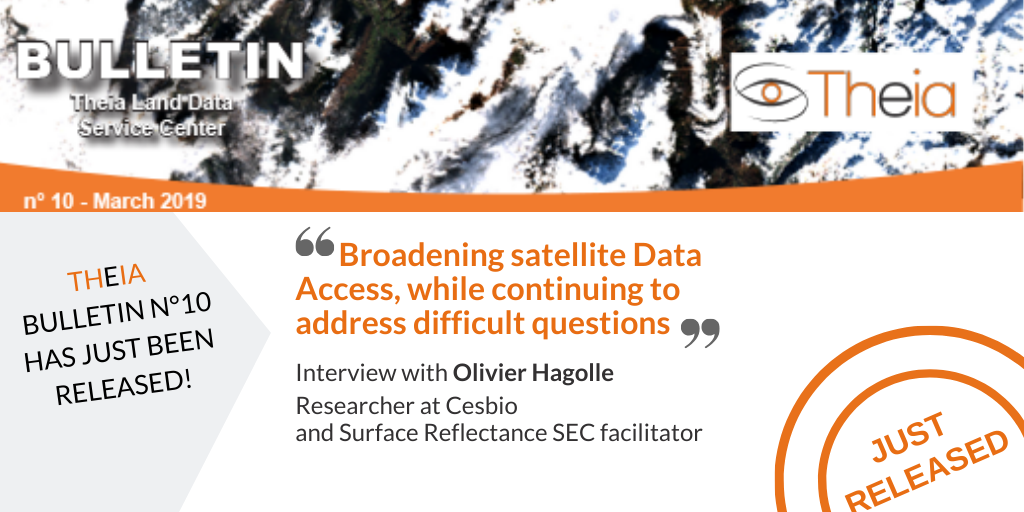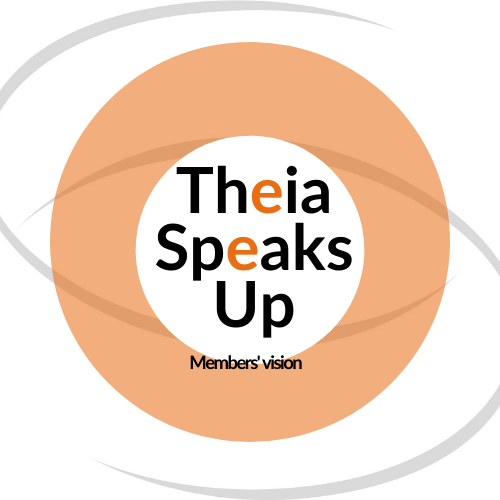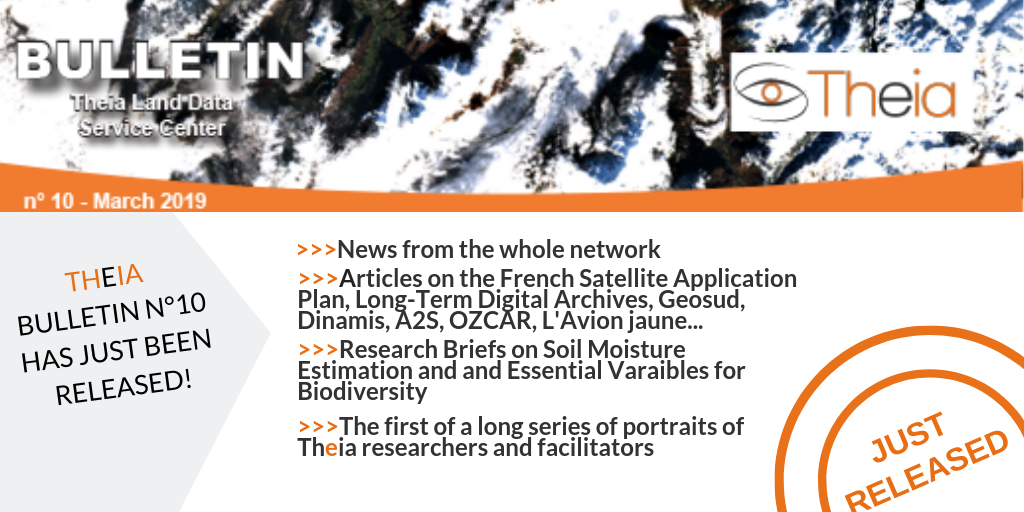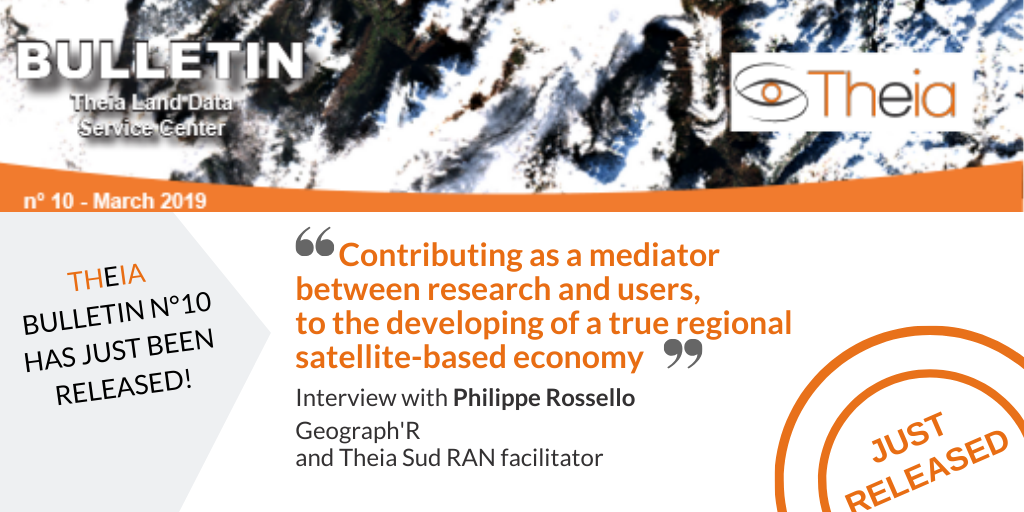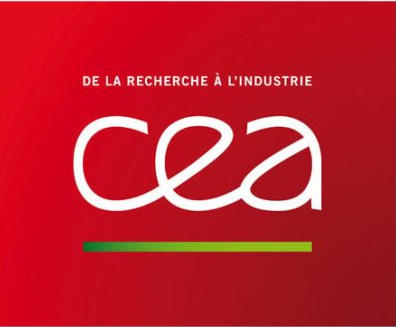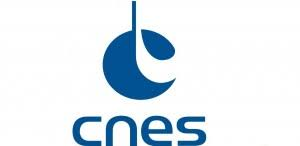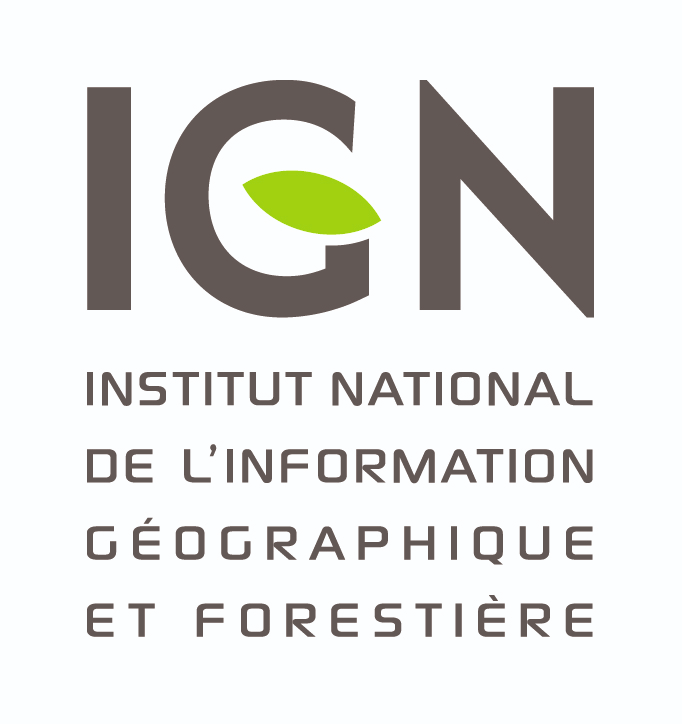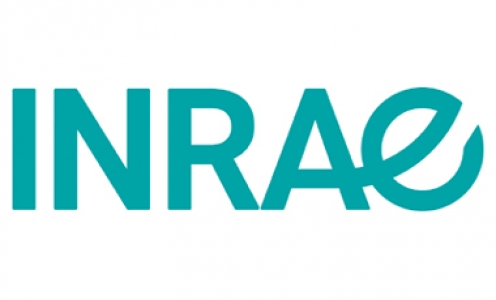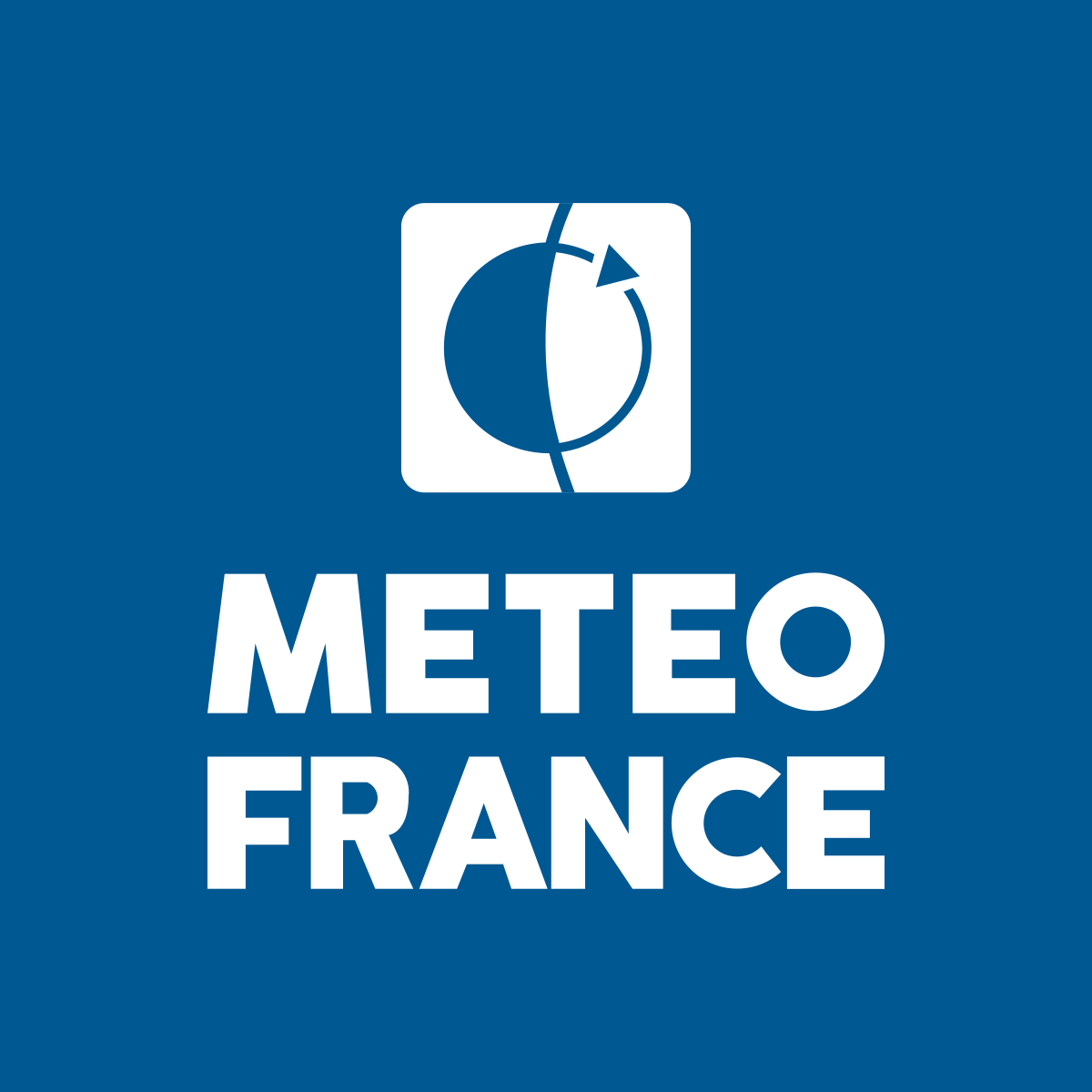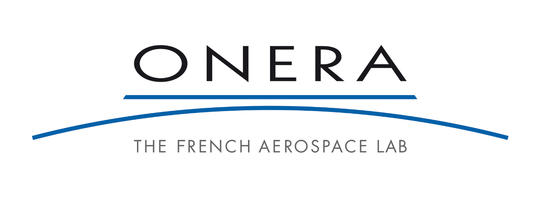Broadening satellite Data Access, while continuing to address difficult questions
You are the facilitator of the Surface Reflectance SEC. When and how did you engage with Theia?
Olivier Hagolle: I took part in Theia since its inception in 2008. Our starting point resulted from a frequent observation: users were spending a lot of time in data preprocessing, and the problems they encountered were often the same: ortho-rectification, calibration, cloud detection, correction of atmospheric and directional effects. Pre-processing and atmospheric adjustment being my specialty, I clearly saw the importance and feasibility of a common service for data preparation. The preprocessing chains running today in the MUSCATE Theia Center, thanks to French Space Agency, CNES, are the result of that work. At Cesbio, we strongly supported turning Theia into an operational production structure for high-quality products using Sentinel-2 systematical acquisitions, which were already lurking on the horizon. We sensed the revolution that the Copernicus data would bring to our domain, and it has been confirmed every day since. The same vision has now disseminated among all data providers, and ready-to-use products – Analysis Ready Data (ARD) – are now becoming the norm. Given the available resources of actors like ESA, unless we continue to advance on our part, the risk does exist that the quality of their products makes up for ours.
What is Theia’s greatest achievement? What are the problems encountered?
Olivier Hagolle: Before Theia, our users’ network consisted in a handful of research units. Making the most of Copernicus, Theia has supported a French dynamics in favor of Earth observation: innovative public and private services have emerged; scientific communities and spatial planning specialists have met. Nearly 1,500 users have already downloaded our products now, and only half of them are located in France. Each day, two to three users are directly questioning me. It is very rewarding, but the time needed to support the production – choosing parameters and treatment zones; answering questions; promoting products; and looking for new budget allocations to pursue the process – is taken from my research time. The same is probably true for the other SEC facilitators. My passion is intact and I do not mean to complain, but Theia SECs and RANs have generated hope and motivation, which could sadly fold down if Theia funding organizations revert from alimenting – by opening positions, maintaining budgets and financing computing facilities – the efforts from a handful of researchers in their laboratories.
What is the main challenge for Theia’s future?
Olivier Hagolle: A few years ago, we – spatial institutions and research centers – were almost the only ones to enjoy an easy access to Earth observation data. We could thus develop very useful products with moderate research efforts. Demonstrating the potential of these images and realizing pioneer products (i.e. the land cover map for France as soon as 2015) were the main stakes. The open and free Copernicus model and the success of our demonstration applications have both since supported the emerging of private actors, who are often more efficient and reactive than us in terms of developing simple products demanding heavy computing resources. In this new context, I do believe we should now go back to basics: addressing difficult questions, using elaborate models and a thorough field validation.
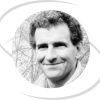
Olivier Hagolle
CNES|CESBIO
ResearchGate
@O.Hagolle
Contributions

